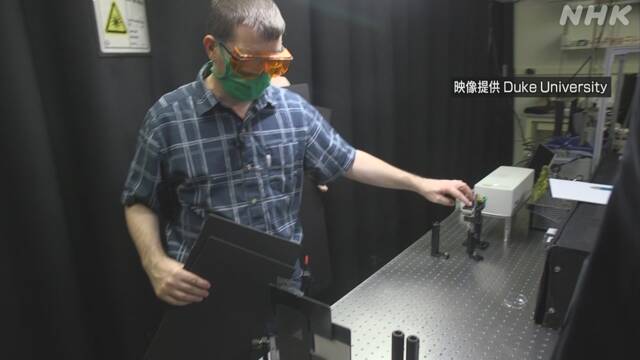The amount of splashes The material and shape of the mask vary The research team at the US university August 21 5:05
k10012576561_202008210453_202008210505.mp4
Research teams such as Duke University in the United States summarized the research results that the amount of flying that the mask suppresses depends on the material such as chemical fiber and cotton and the shape.
As the number of people wearing various masks increases worldwide, the research team used 14 types of masks with different materials and shapes such as chemical fiber and cotton to reduce The amount of light passing through the mask was measured in an experiment using a beam.
According to the results of this experiment, 90% or more of polypropylene masks and 90% to 70% of cotton masks, which are widely used as materials for non-woven masks, are more likely to fly than when nothing is worn. The amount of lashes has decreased. In addition, it is said that the effect of about 65% for a knit mask and about 50% for a double bandana.
On the other hand, in the case of the material used in the experiment called fleece that covers from neck to mouth, the amount of particles of flying particles is increased by about 10%.
In this regard, the research team speculates that this may be the result of the fibers becoming smaller and smaller.
In the United States, more and more people are making masks by hand or using alternatives, but the research team says that the ability to prevent the spread of flying can greatly change depending on the material and shape.
This study appears in the American science journal Science Advances.

